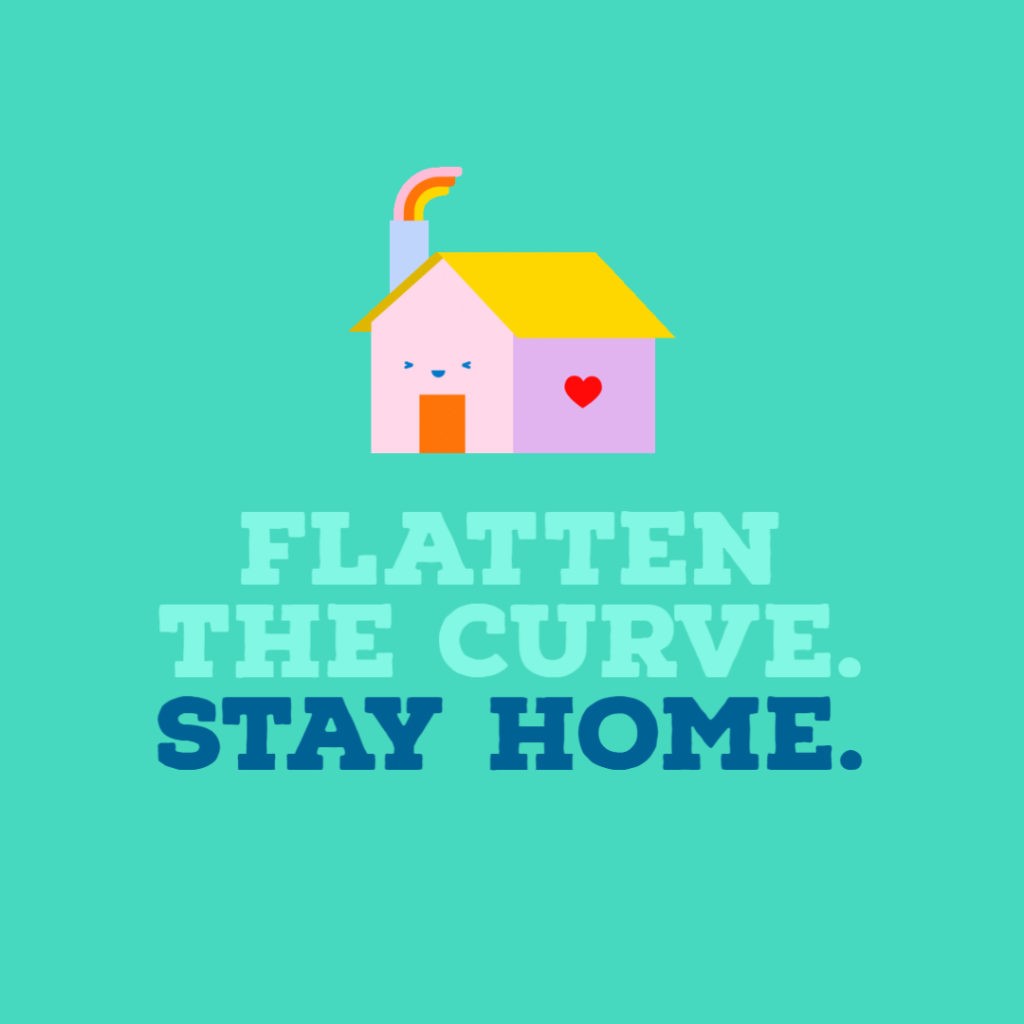Doctoral candidate Wei Zhai, visiting scholar Mengyang Liu and Dr. Zhong-Ren Peng visualized how foot traffic has increased or declined across the United States amid Covid-19 Outbreak.

June 6, 2020
Zhai, W., Liu, M., & Peng, Z. R. (2020). Social distancing and inequality in the United States amid COVID-19 outbreak. Environment and Planning A: Economy and Space, 0308518X20932576. (https://doi.org/10.1177/0308518X20932576)
The article by URP Doctoral candidate Wei Zhai, visiting scholar Mengyang Liu and Dr. Zhong-Ren Peng asks two basic research question:
- What type of trips are increased and declined across the United States?
- What is the difference between poor community and wealthy community in terms of staying at home under the stay-home orders?
To answer these questions, this paper adopted the Google community mobility data to map the county-level mobility change. This paper uncovered the change of six types of trips: homes, workplaces, retail and recreation establishments, parks, grocery stores and pharmacies, and transit stations. To reflect the disparity of mobility change between wealthy and poor communities, the paper also compared the changes of the wealthiest counties with those of the poorest counties in metropolitan statistical areas.


The paper presents two major conclusions: (1) The number of trips to retail and recreation, workplaces, and groceries and pharmacies declined in majority of big coastal cities. (2) The poorest communities have also reduced their movement, but the reduction of travel at the poorest communities are less than that of the wealthiest communities, except for the trips to parks, indicating that poor community have not reduced their travel as much as those in the wealthy communities. It could be because wealthy people are more willing to entertain themselves at home during the pandemic and the people in the black neighborhood are not following the stay-home order or a lack of parks in the poor communities.
The research can help federal COVID-19 task force comprehensively understand the compliance of communities in terms of practicing social distancing and staying at home orders.
